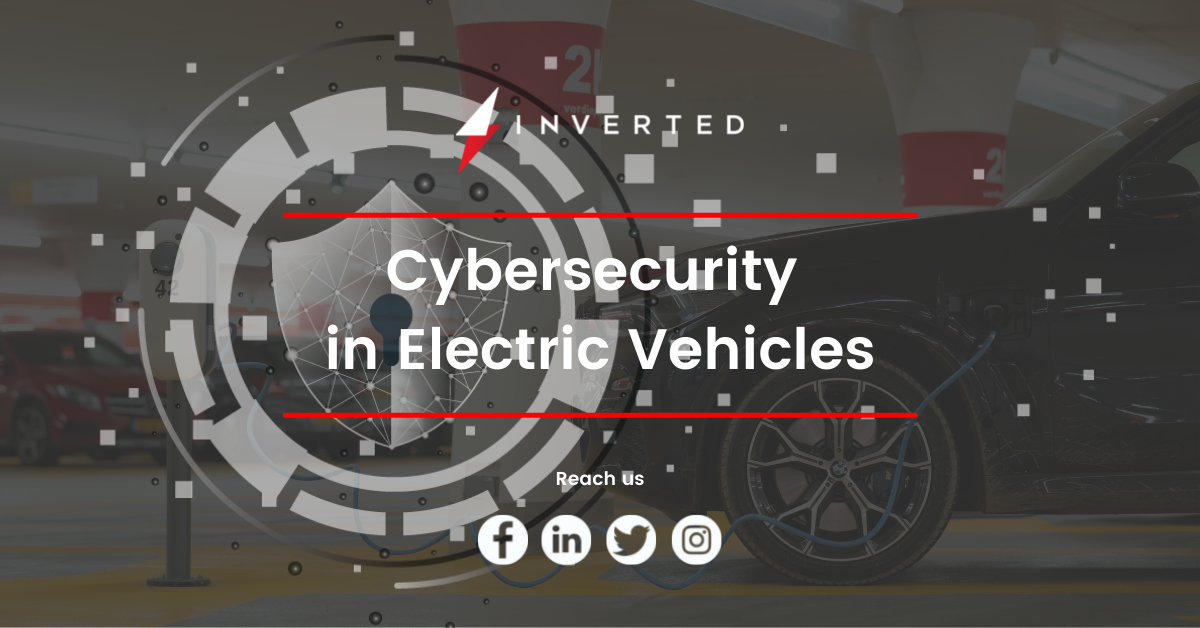
Every product that connects to the internet needs to be secure. Because society has become so accustomed to using gadgets with internet connections for so many daily activities, it is critical to ensure that every connected device has cybersecurity measures in place to protect the security of the entire ecosystem. Electric vehicle charging facilities are no exception. The infrastructure for charging electric cars (EVs) is just as vulnerable to cyber attacks as any other connected device.
What happens when we plug our EV in to charge it or use one of its connected applications, even if it has security protocols and safe algorithms applied, as well as safety measures? Is there still a chance that we’ll be safe?
There may be security breaches within the electric vehicle charging station (EVCS) ecosystem at times, putting our privacy, safety, and possibly the entire electric grid infrastructure at risk.
These security flaws can affect all of the components that make up an EVCS. From the charging point – the station itself – to the charge point operators (CPO) – who offer the charging network infrastructure – to the distribution system operators (DSO) – the energy distribution network’s operating managers. To create a trusted environment where users may experience faultless and safe charging, each of them must implement cybersecurity measures.
Is there a section of these EVCS elements that is more vulnerable to security breaches than others?
Yes. Communication, mobile apps, firmware upgrades, and physical access points should all be secured in EVCS. The reason for this is that, because the charge point and the CPO back-office communicate with each other, it’s critical to take steps to ensure that no one can interfere with or alter this communication, which is critical to the proper operation of the EV charging, by using encrypted communication, for example.
On the other hand, the security of the mobile apps used to communicate with the charging point as well as the software placed in the station should be tightened, as both are vulnerable to cyber threats.
Supporting firmware updates, a procedure in which various vulnerabilities can be detected and addressed to improve security, is another crucial part of EVCS cybersecurity. Physical attacks on EV charging station physical access points are also possible, for example, by attempting to modify vulnerable software on internal components such as the CPU or memory.
What, on the other hand, would happen if an EVCS were to be hacked?
Identity theft, data tampering, unlawful access privileges, virus insertion, private and sensitive information theft, electrical flow manipulation, and changes in operating settings, among many others, are all possible scenarios.
Furthermore, security flaws or vulnerabilities in EVCS allow large-scale cyberattacks to be launched, jeopardizing power grid security. As a result, not just e-mobility, but also the energy grid itself, would be jeopardized.
Because of the high dangers, complexity, and rapid growth of connected devices that we are experiencing today, cybersecurity for EVCS is a key necessity. Setting a minimal degree of security can help prevent a charging point from malfunctioning and posing a security and safety risk to users, CPOs, and DSOs.


Leave A Comment